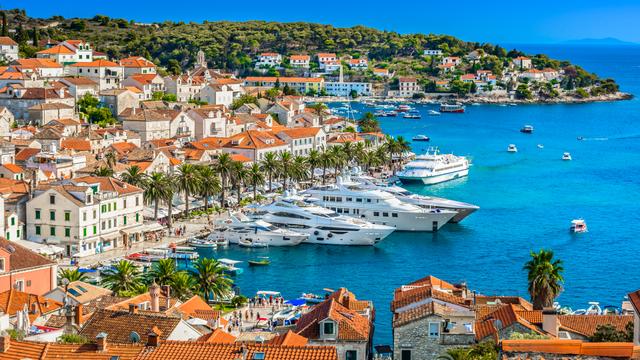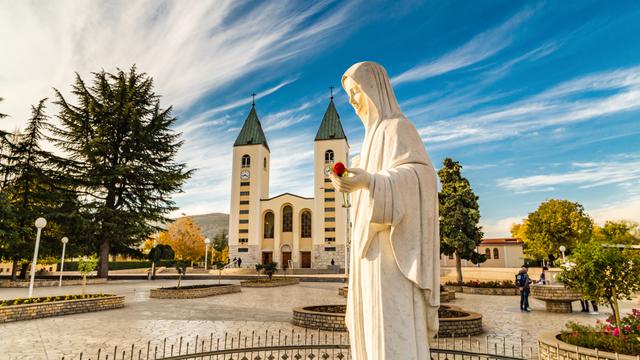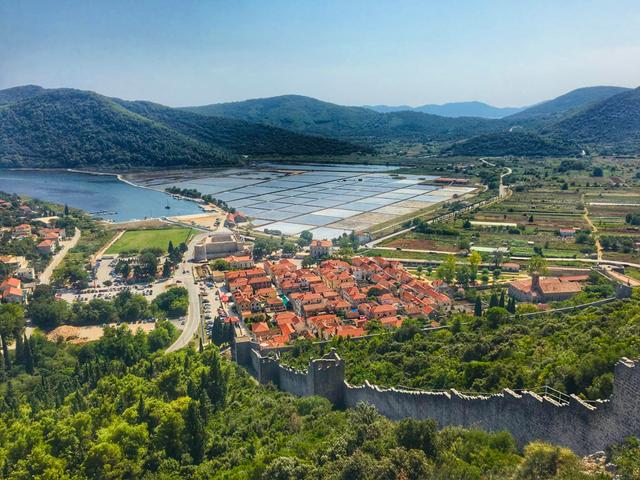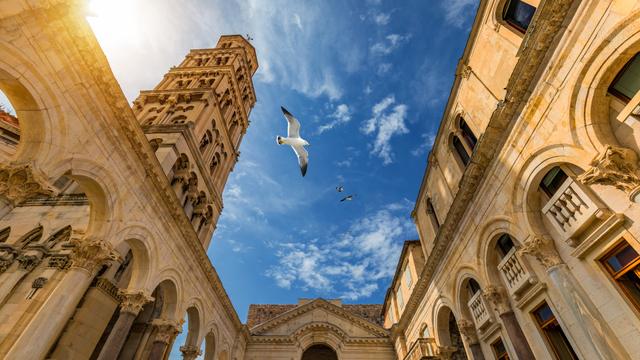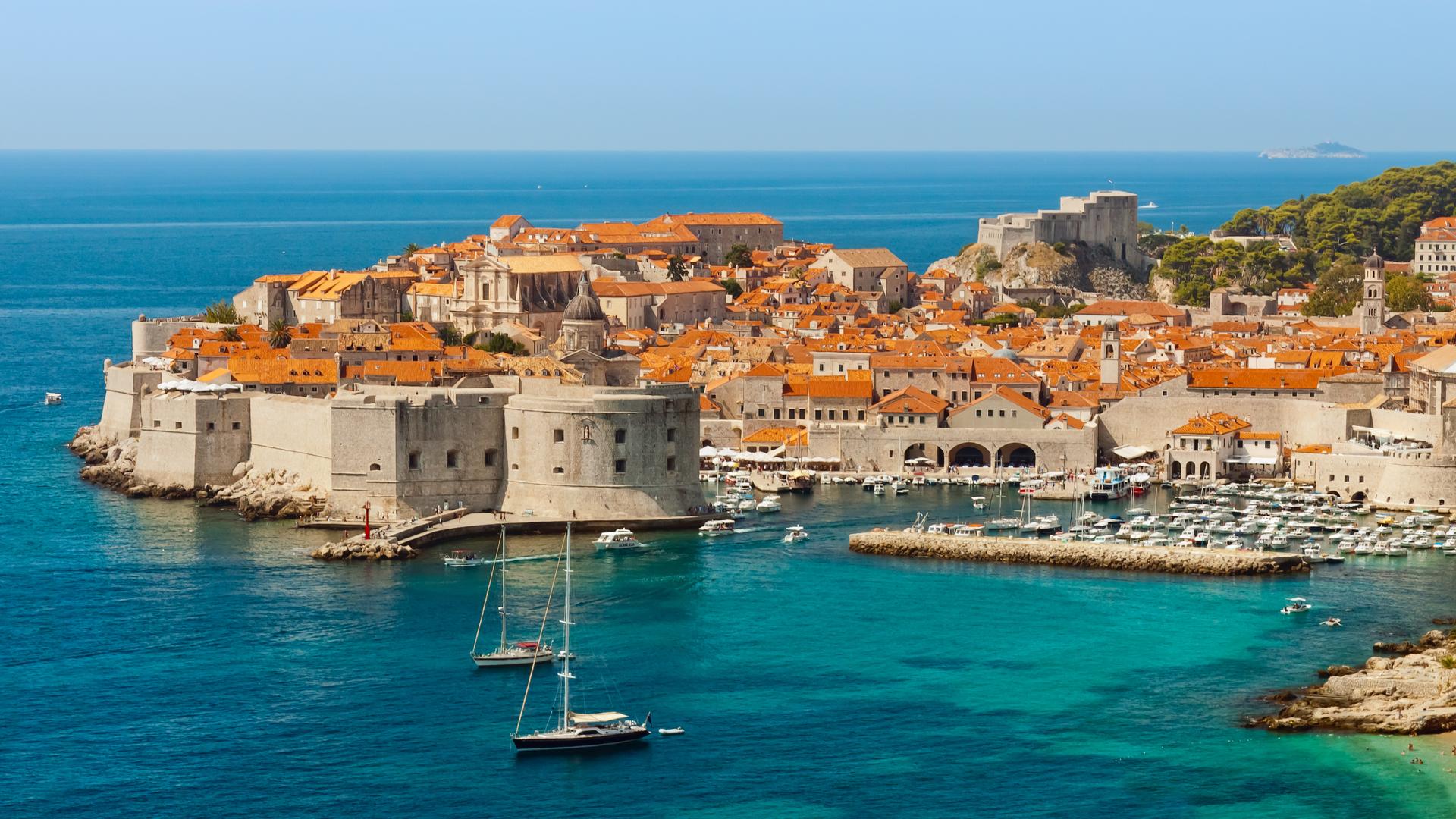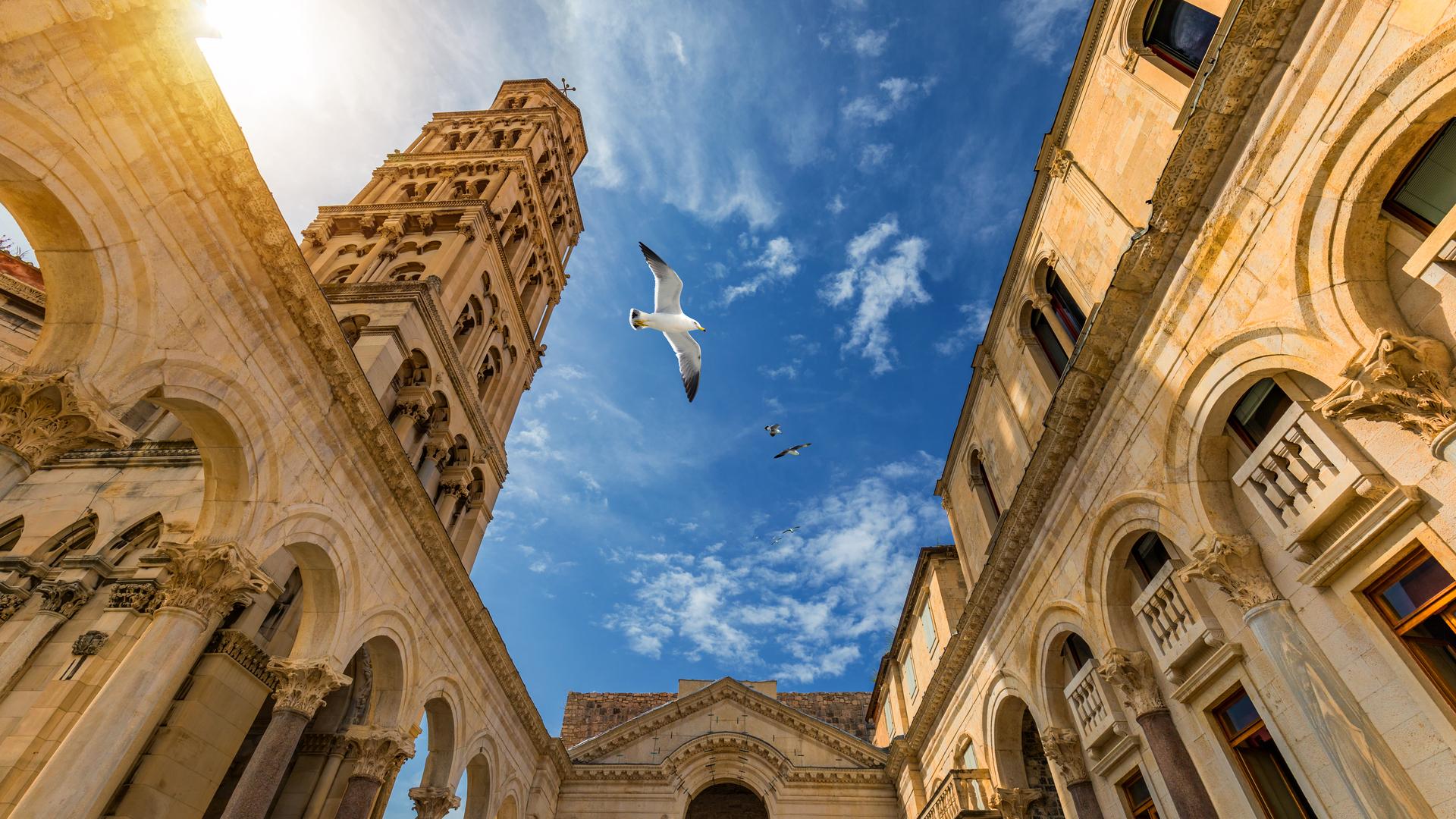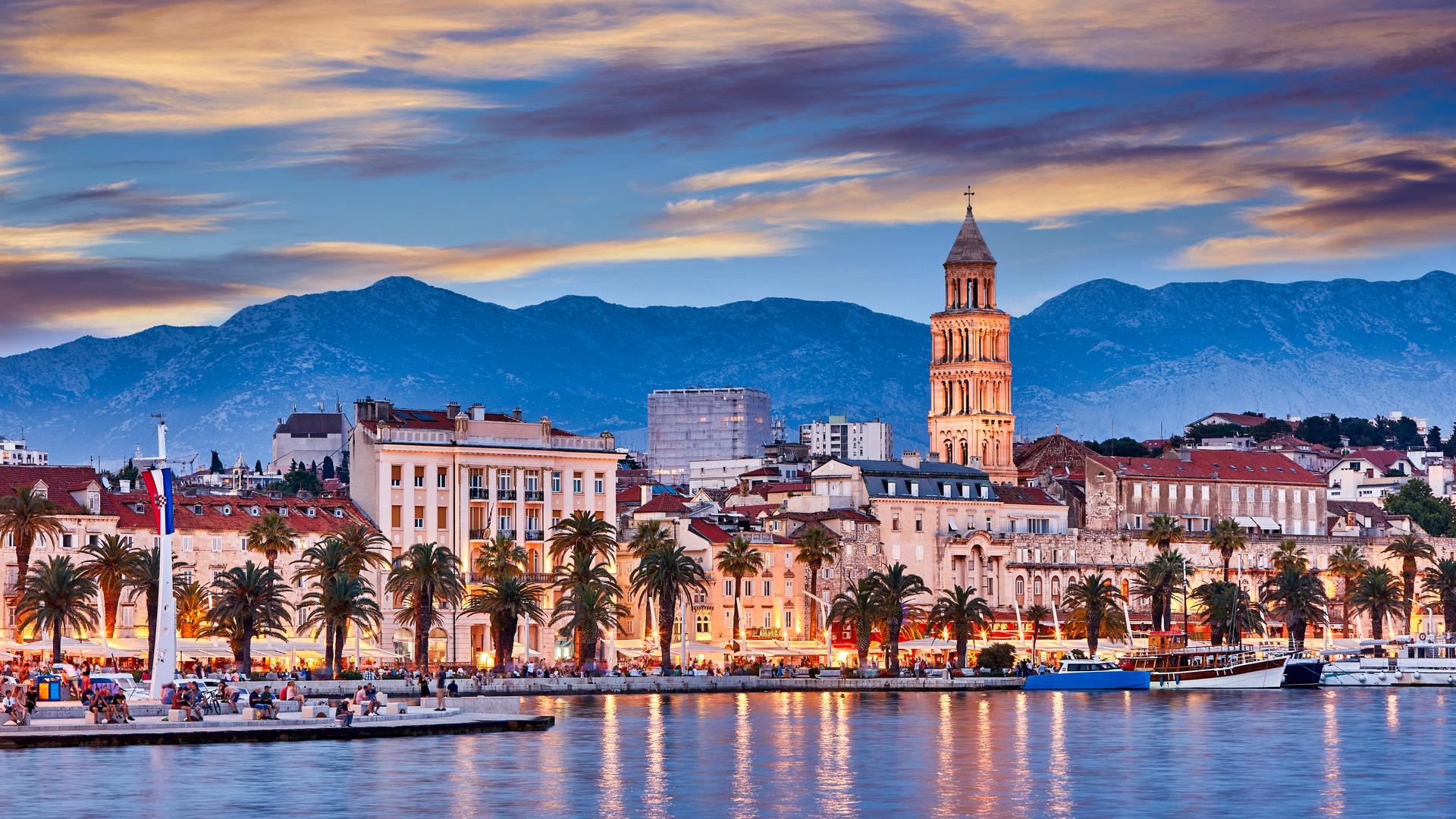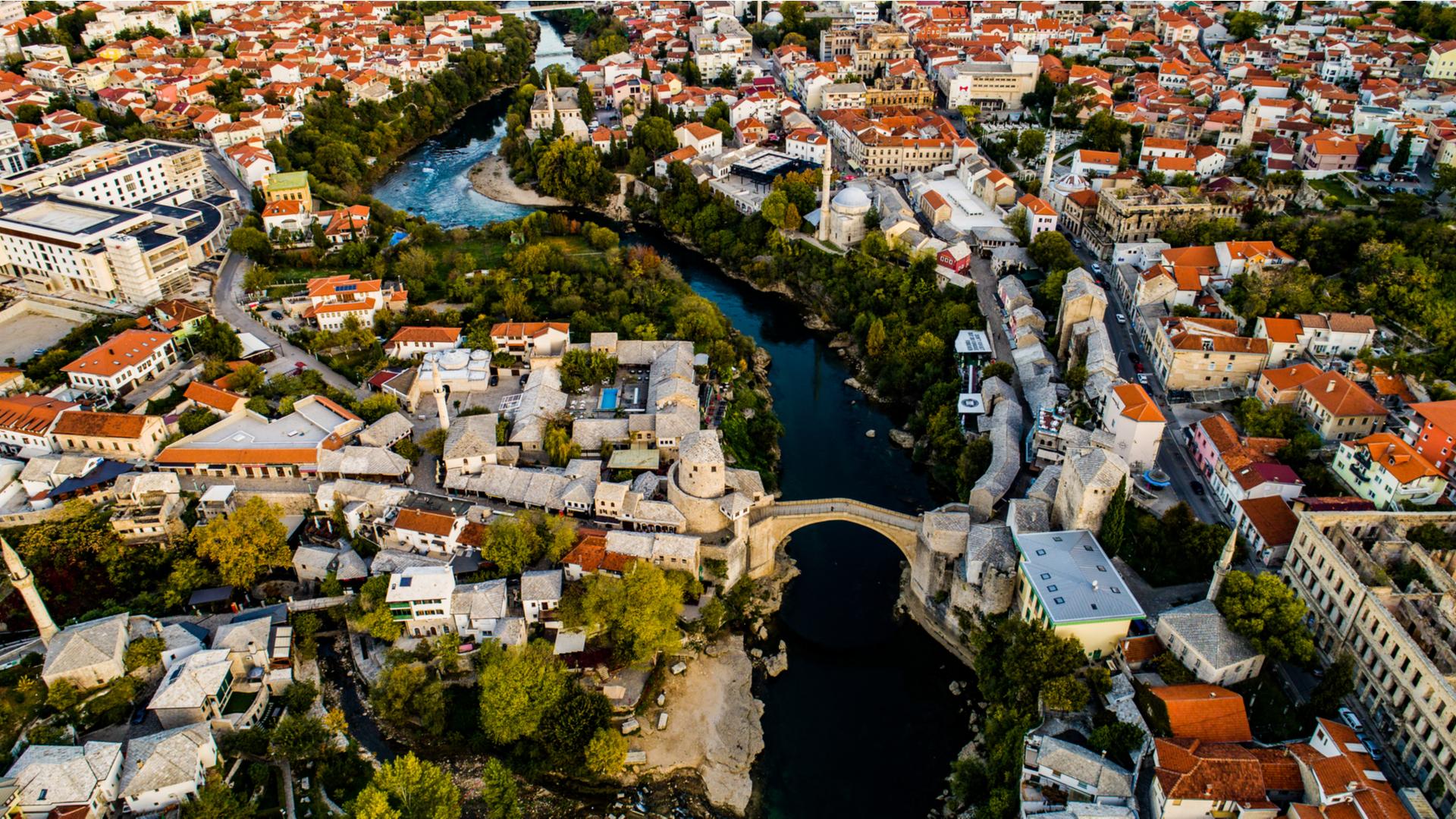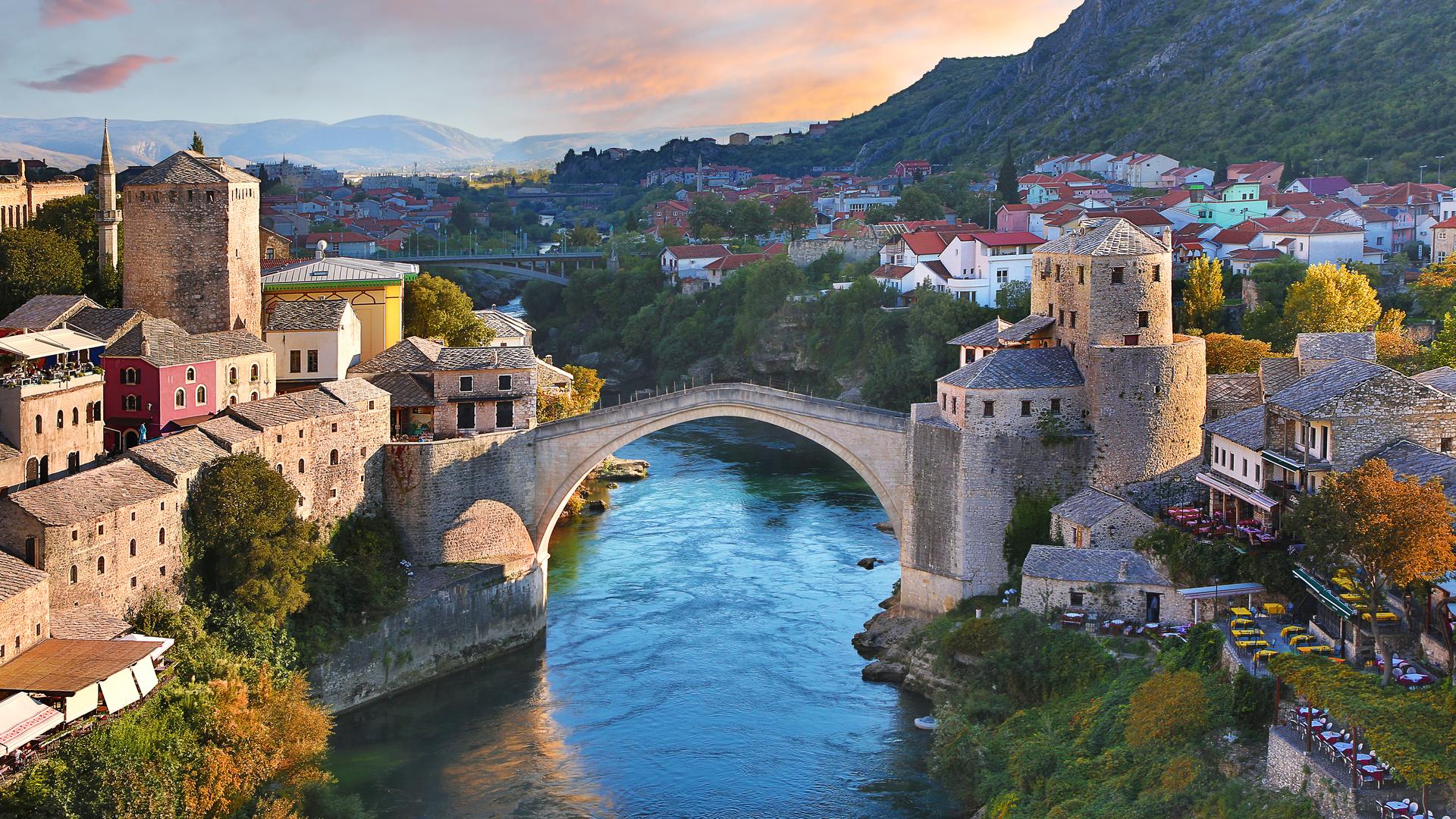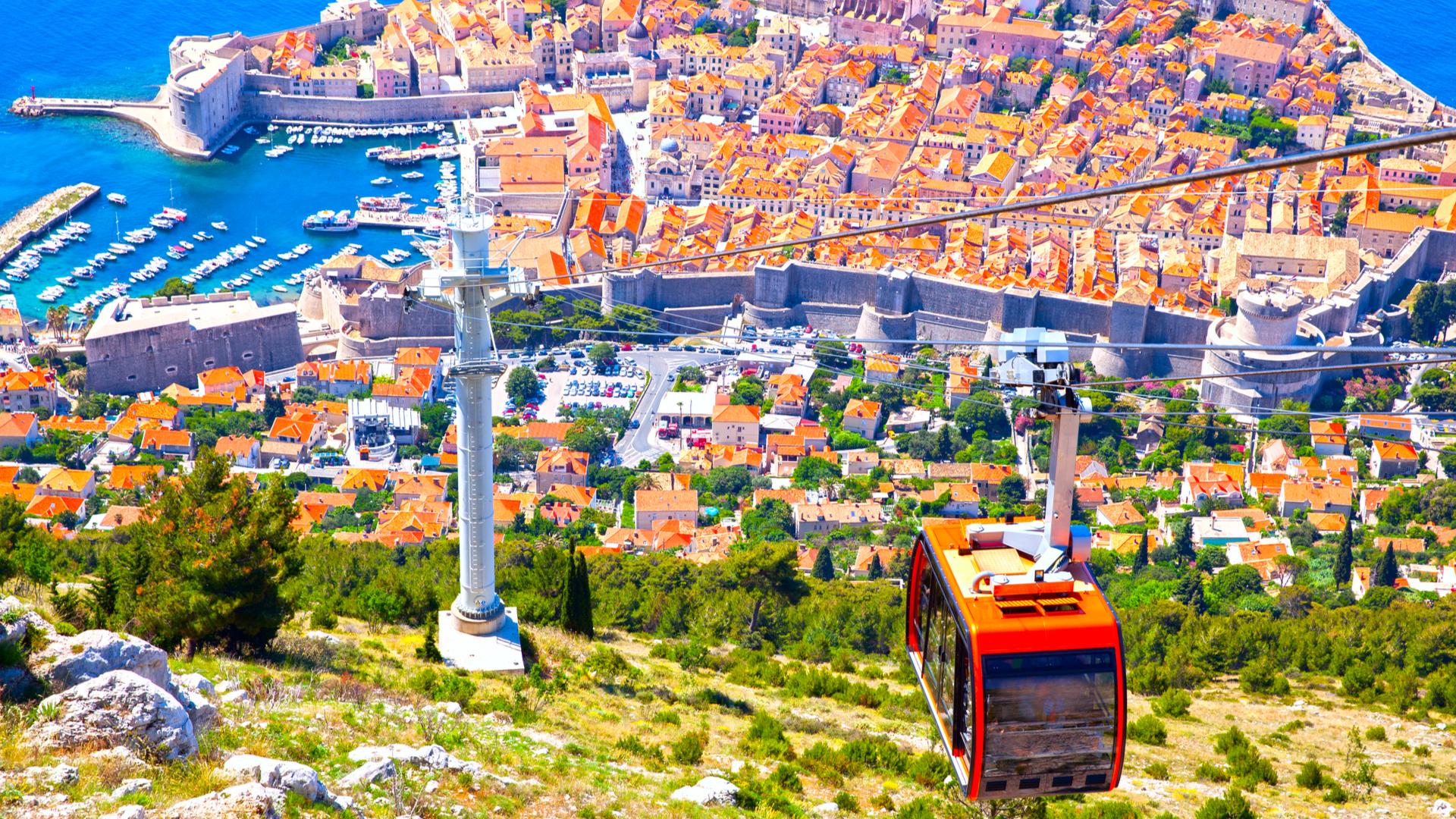Dubrovnik - Mostar - Split
Similar popular transfers:
Dubrovnik to Split via Mostar private transfer
Book a luxury tailor made transfer Dubrovnik to Split via Mostar private transfer
The best way to go and visit Split is to book a private transfer from Dubrovnik to Split via Mostar private transfer. We guarantee You that You won’t regret any of this day. Private Tours in Croatia is a Croatian transfer service owned by Maci-Tours which offers a luxury tailor made transfers to and from any destination in Croatia and neighbouring countires. Private Tours in Croatia has at its disposal a fleet of luxurious and premium vehicles that will make your transfer as comfortable as possible. All services are door2door transfers which means that Your professional English speaking driver will meet You up at Your hotel/private accommodation address. In case if your hotel/private accommodation address is located in strictly pedestrian zone where we are unable to get with the vehicle, we will coordinate meeting point with your host or provide you with nearest possible meeting point Split is located some 230 km from Dubrovnik and the duration of your transfer is around 3h. The prices for a Dubrovnik to Split via Mostar private transfer start at 330 euros (the price is per vehicle, not per person). All transfers are customizable and You choose everything. We suggest, You choose!!!
What You can expect on Your Dubrovnik to Split via Mostar private transfer?
On the date of Your Dubrovnik to Split via Mostar private transfer Your professional English- speaking driver will meet You up at Your hotel/private accommodation address whether Your accommodation is in the pedestrian zone or not. After meeting up with Your driver, Your incredible day of Dubrovnik to Split via Mostar private transfer where You will see a lot of highlights of Croatia and Bosnia & Herzegovina begins. The journey to Mostar is about 02h30min. On the way to Mostar we’ll make stop at Rizman rest-stop where You’ll have an opportunity to take of Adriatic sea and one of the biggest vineyards on Pelješac peninsula. After You had a drink and taken some pictures we continue our trip to Mostar, town famous for its old bridges which are connecting the two banks of the Neretva river in the old city centre. When we arrive to Mostar You’ll have up to 4 hours to explore highlights of Mostar, either with the guide on Your own. If You want the guide, please notify us in advance so we can arrange it. You’ll schedule meetpoint with the driver. When You return to the van, You will share impressions with Your driver and continue Your Dubrovnik to Split via Mostar private transfer. The journey to the Split is about 02h30min. On the way to Split, You can choose a short stop in Ethno Village Herceg, complex built on the area of more than 5 hectares, if we have a time. After 2h30min drive we will arrive at Your accommodation place. We believe that You’ll have an wonderful experience with us on this journey and we wish You all the best, until we meet again on another journey in the future.
##Transfer includes
• Pick up in Dubrovnik and drop off in Split with Mostar (or vice versa)
• Comfortable air-conditioned vehicle
• Professional knowledgeable English speaking driver
• All cost related to the vehicle – gas, parking, highway tolls
• All costs related to the driver
• Available Wi-Fi in the vehicle
• 0.5l bottle of water per passenger
A few facts about Mostar
Mostar is situated on the Neretva River and is the fifth-largest city in Bosnia and Herzegovina. Mostar was named after the bridge keepers (mostari) who in the medieval times guarded the Stari Most (Old Bridge) over the Neretva. The Old Bridge, which was built by the Ottomans in the 16th century, is one of Bosnia and Herzegovina's most visited landmarks, and is considered an exemplary piece of Islamic architecture in the Balkans. The stone bridge, the Old Bridge (Stari most), was erected in 1566 on the orders of Sultan Suleiman the Magnificent and at 28 metres (92 feet) long and 20 metres (66 feet) high, quickly became a wonder in its own time. The famous Turkish traveller EvliyaÇelebi visited the city and wrote in the 17th century how: the bridge is like a rainbow arch soaring up to the skies, extending from one cliff to the other. The bridge was destroyed during the war of 1990s and the battles that took place around the city and the Old Bridge had to undergo extensive reconstruction after the war.
What to visit while in Mostar
Mostar has architecturally noteworthy buildings in a wide range of styles that are a mixture of indigenous and foreign styles. Such styles are visible in Mostar’s Franciscan church, the Ottoman MuslibegovićaHouse, the Dalmatian Ćorović House and the Old Gymnasium, which features Andalusian and Mamluk elements and is the result of the Austro-Hungarian desire to promote Bosnian national identity.
The Old Bazaar called the Kujundziluk is named after the goldsmiths who traditionally created and sold their wares on this street, and still sells authentic paintings and copper or bronze carvings of the Stari Most, pomegranates, which are the natural symbol of Herzegovina, or the stećaks, medieval tombstones that are found in Bosnia and in Croatia. The Koski Mehmed Paša Mosque, built in 1617, is open to visitors, who may enter the mosque and take photos free of charge. The minaret is also open to the public and is accessible from inside the mosque. Just around the corner from the mosque is the Tepa Market, a busy marketplace since Ottoman times, where mostly fresh produce grown in Herzegovina is sold and, when in season, the figs and pomegranates are also very popular. Local honey is also a prominent specialty, being produced all over Herzegovina. The Catholic church and Franciscan monastery of St. Peter and Paul is also an iconic city landmark and the monastery bell tower rises high above the city. A few facts about Split Split is the largest city on the Eastern Adriatic and the second largest city in Croatia. It lies on the eastern shore of the Adriatic Sea on a peninsula, under the Marjan hill and is an intraregional transport hub and popular tourist destination. It is often nicknamed The City under the Marjan. The city was founded as the Greek colony of Aspálathos in the 3rd or 2nd century BC on the coast of what was then an Illyrian province. Over time, as the Romans conquered the province, Split became home to the Diocletian's Palace, built for the Roman emperor Diocletian in AD 305. In 1991, Croatia gained seceded from Yugoslavia, at the start of the Croatian War of Independence.
What to see while in Split
The historic city centre of Split was included into the UNESCO list of World Heritage Sites in 1979. Split is one of the centres of Croatian culture and its literary tradition can be traced to medieval times, as the Father of Croatian Literature, Marko Marulić, whose statute stands on the Fruit Square, was born here and achieved world-wide recognition and fame and his works were read even by notable persons such as the English king Henry VIII. The city is most famous for its Diocletian’s Palace, the old city centre. There you can see the St Duje’s Cathedral on the Peristil, which was at first a mausoleum for emperor Diocletian. The church is combination of ancient Roman architecture and early Christian architecture. From its bell tower, you’ll have a great view of the whole city and the Diocletian’s Palace. Opposite the cathedral, you’ll find the old Jupiter’s Temple, now St Johns church, in front of which stands an original Egyptian sphinx, the other being on the Peristil, both of which emperor Diocletian brought here from Egypt. The Peristil itself, the heart of the Palace, is an excellent example of old Roman architecture, around which later Medieval and Christian structures were constructed. Many cultural events take place on the Peristil during the Split Summer Festival, where plays and operas are performed under the night sky. The Riva is the main city promenade along the seashore, where the bulk of the cafés are located and where people like to stroll and meet with friends in the evenings. Split also has many museums and galleries. The Museum of Croatian Archaeological is the only museum in Croatia dedicated to researching and presenting cultural artefacts of the Croats in the Middle Ages, between the 7th and 15th centuries. Its collection of early medieval wicker, clay figurines, as well as old Croatian Latin epigraphic monuments make it the largest collection of its kind in the whole of Europe. The Split City Museum at Papalićeva 1, is housed in the former Papalić Palace and exhibits the urban, cultural, artistic and economic heritage of the city. It is also home to the Emanuel Vidović Gallery, dedicated to the most important 20th-century Split painter. The Gallery of Fine Arts, located at Kralja Tomislava 15, is an art museum that contains works from the 14th century to the present day providing an overview of the artistic developments in the local art scene. The Ivan Meštrović Gallery, located on the Marjan peninsula, is an art museum dedicated to the work of the once world-famous 20th-century Croatian sculptor, Ivan Meštrović, displaying some of his most significant works, the building itself being is an art monument. The permanent collection includes works of sculpture, drawings, design, furniture and architecture. Not far from the Gallery lies Kaštelet-Crikvine, a restored small chapel that houses a set of wooden wall panels carved by Ivan Meštrović. The old Green Market or Pazar is located next to the Diocletians Palace. There you can find fresh, organic food from the Dalmatian Hinterland. The city also has many nightclubs, bars and restaurants, the best being in or around the old city centre. Split is well-connected with all of the Croatian Adriatic islands and is ideally located to make short excurions to the Krka National Park, the islands or near-by cities such as Solin, Trogir or Omiš.

